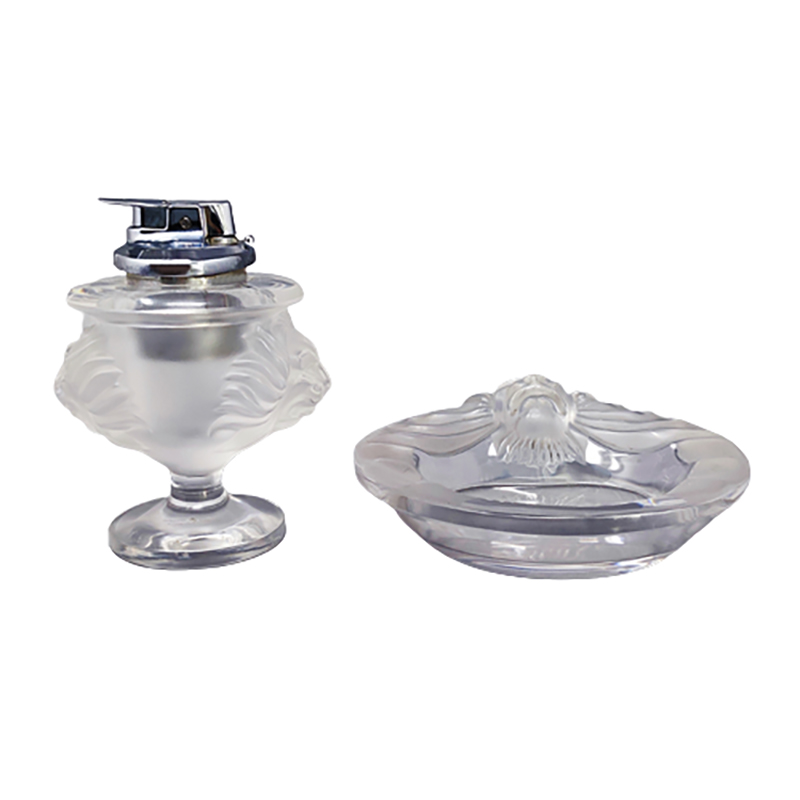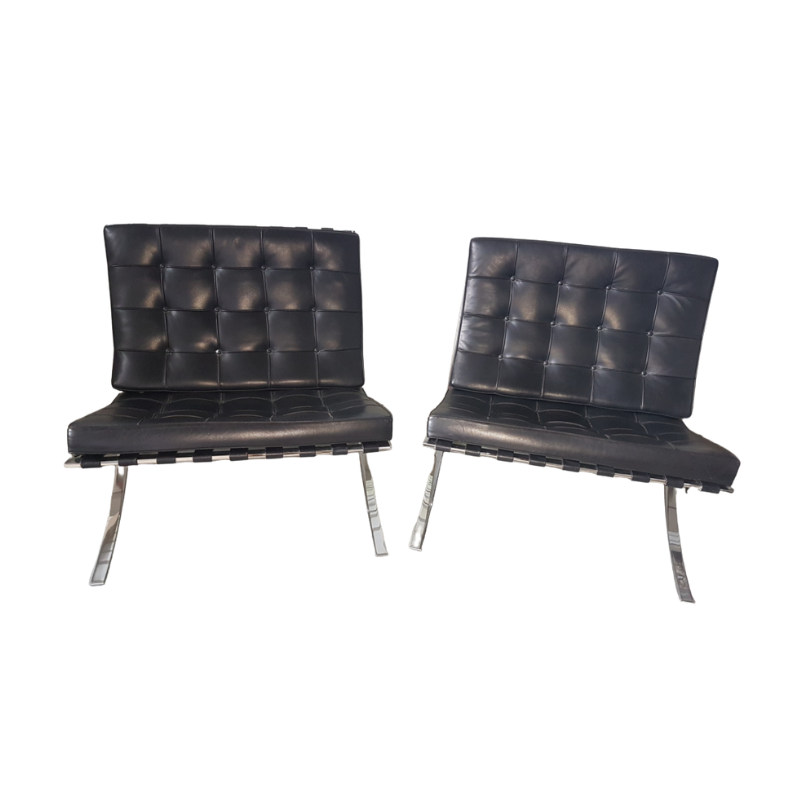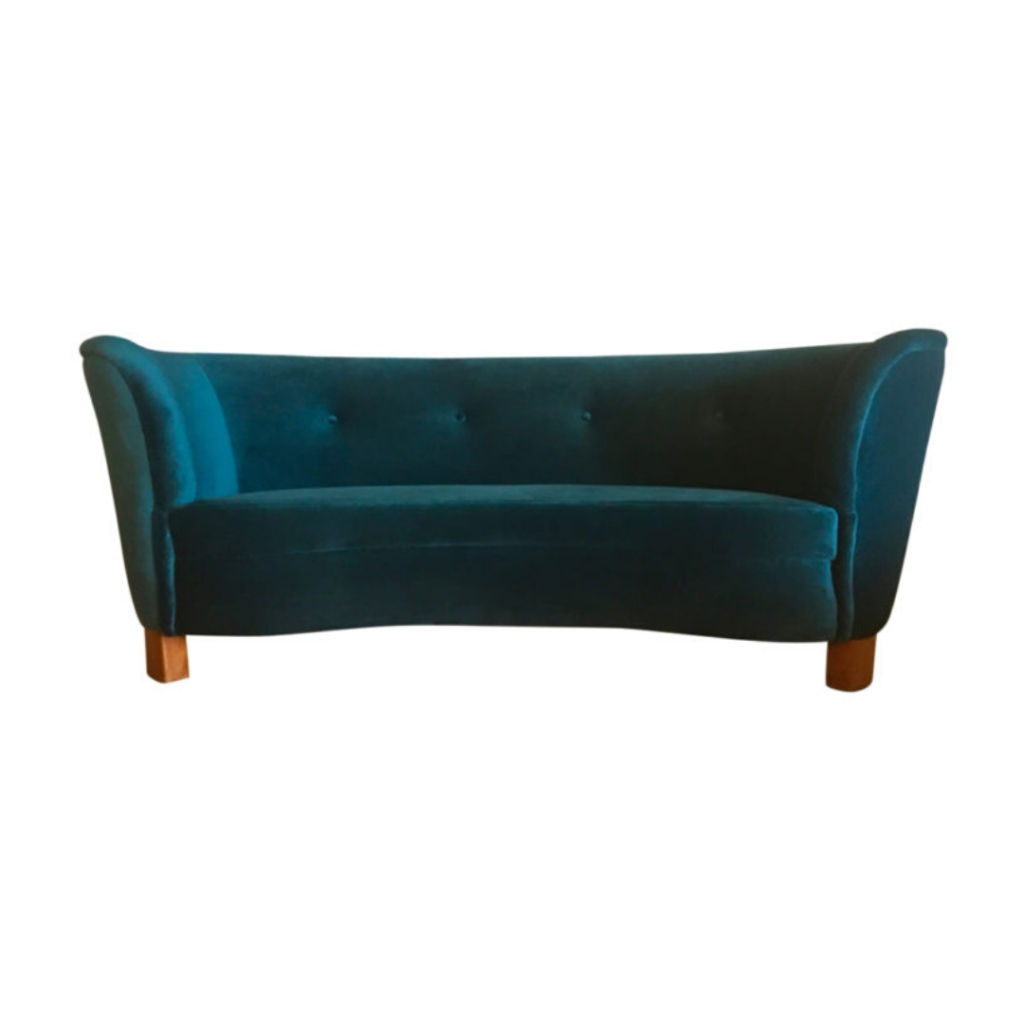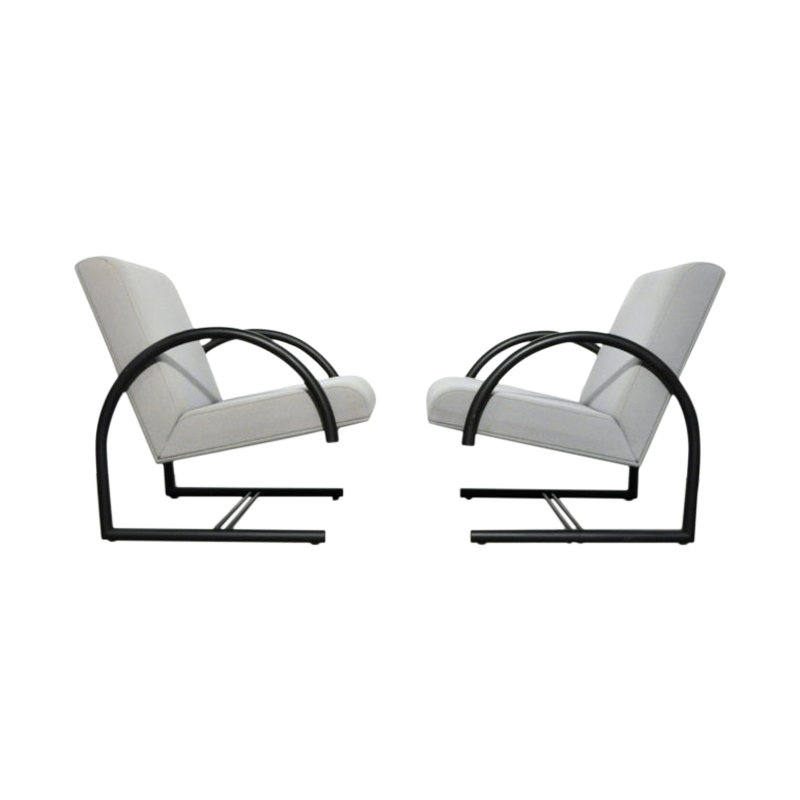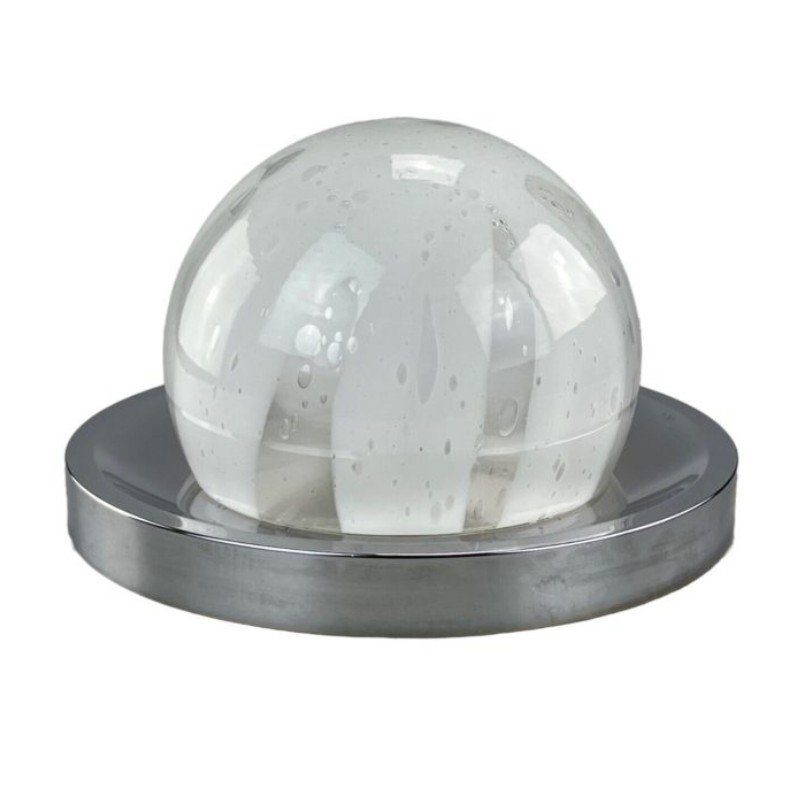This is for cdsilva who suggested the topic in thread #44 about our latest finds.
The Hundevad folding stool is the one most people know about. My personal history with it is just that I was asked to make a new leather seat for one. I knew it was based on one that was found in a bog gravesite but had always assumed it was a stylized version. So when I looked it up I was very surprised that it was a near-exact copy.
The National Museum of Denmark has a page about it with more facts and photos of the original.
http://natmus.dk/historisk-viden/danmark/oldtid-indtil-aar-1050/bronzealderen-1700-fkr-500-fkr/en-klapstol-fra-bronzealderen/
http://natmus.dk/historisk-viden/danmark/oldtid-indtil-aar-1050/bronzealderen-1700-fkr-500-fkr/en-klapstol-fra-bronzealderen/design-gennem-tusindvis-af-aar/
There's also a photo of a 1934 Egyptian style folding stool designed by Ole Wanscher. I didn't know until just now that he had designed one, too.


Thanks, spanky. Also, my understanding is that the propeller stool designs by Klint, Kjaerholm, etc. were all heavily inspired by the old Egyptian designs, although in a more abstract manner.
The safari, hunting, and Chinese chairs are also good examples of the Danish Modern take on historical furniture from other cultures.
The more I learn about Danish Modern history and development, the more I appreciate it as a distinct subset of Modernism, that was built on both historic precedent and the strong national background in furniture making (the cabinetmakers). It provides a nice contrast to the Bauhaus and International Style movements which were not rooted in historic/cultural references.
If you need any help, please contact us at – info@designaddict.com





